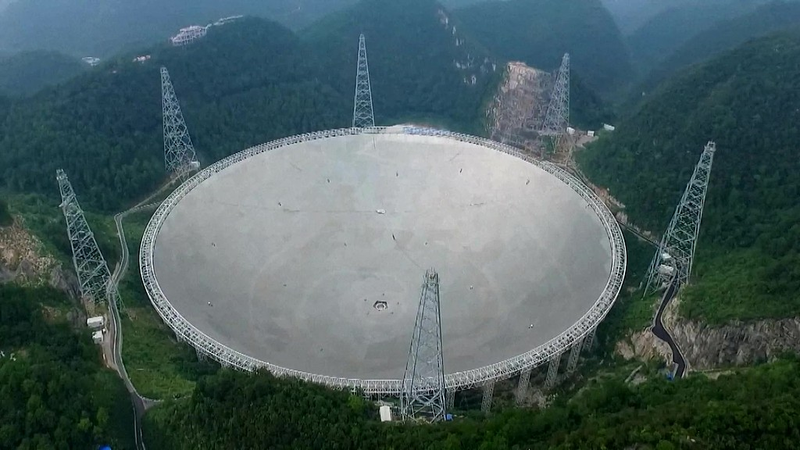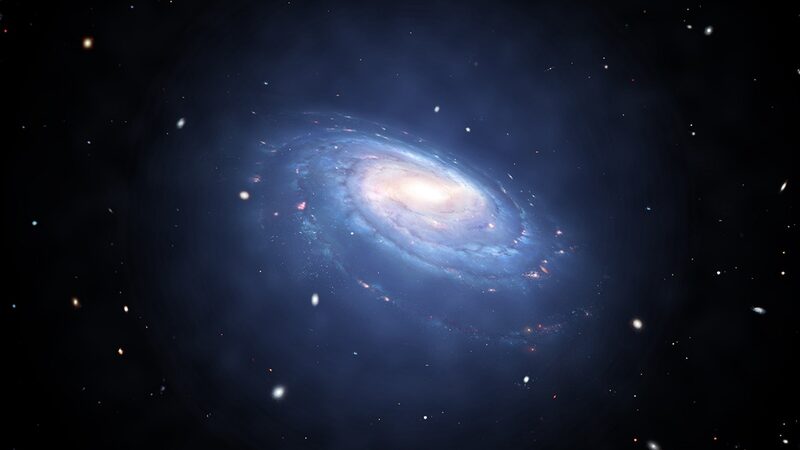Hold onto your telescopes, space fans! 🚀 Chinese and South African astronomers just teamed up to rewrite what we know about our galaxy’s ancient star clusters. Using China’s massive FAST radio telescope (the size of 30 soccer fields! ⚽) and South Africa’s MeerKAT array, they’ve peered deeper into the Milky Way than ever before.
🔭 Their target? Globular clusters – cosmic “senior citizens” packed with millions of stars. These clusters host pulsars: super-magnetic neutron stars that beam signals like interstellar lighthouses. By studying these pulses, scientists can map the galaxy’s hidden magnetic fields and interstellar dust.
🌐 The collab smashed records: “Combining FAST’s sensitivity with MeerKAT’s wide-angle vision let us double our data,” said Tsinghua University’s Prof. Li Di. The team found something wild – 7 clusters are suspiciously “clean,” with almost no ionized gas. Dubbed “dust-free realms,” these areas might be swept by energy blasts from white dwarfs and neutron stars. 💥
🤔 But here’s the twist: Why do these ancient zones stay so pristine? “It’s like finding a spotless room in a teenager’s house – how?!” joked researchers. Future plans? Hunt pulsar mutations, study space turbulence, and yes… even listen for alien signals. 👽
Reference(s):
cgtn.com




